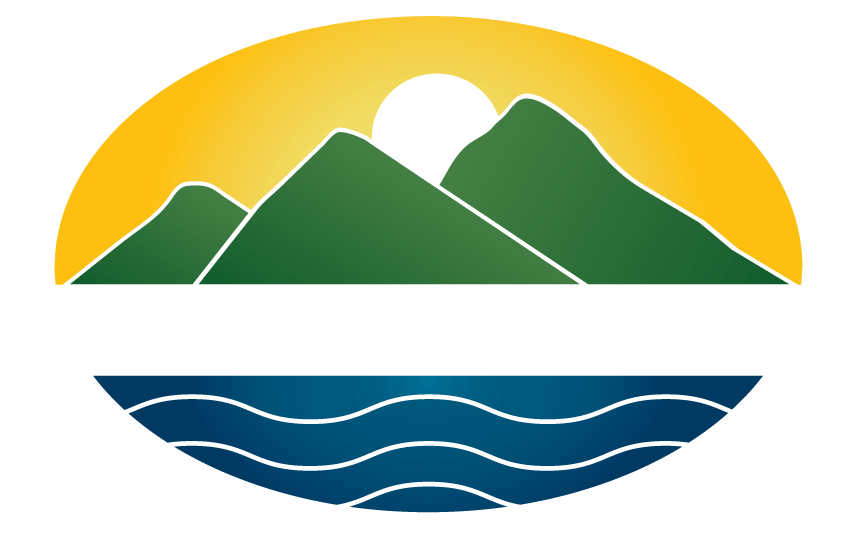Life of the Land played a significant role on-Department of Defense created Technical Review Committees (TRC) and Congressionally-approved Restoration Advisory Boards (RAB).
These entities were created as an interface between the military and civilian populations regarding overseeing efforts to clean up past acts of contamination.
The military went looking for contamination while the State and Counties minimized problems on non-military land.
The military was willing to test cutting edge cleanup methods.
Life of the Land served on the Army’s Schofield TRC, the Navy’s Pearl Harbor RAB, and the Air Force’s Hickam RAB (LOL’s Henry Curtis served as the community co-chair from 1996-2005) and the Air Force’s Central Oahu RAB (which included Kahuku, Kaena, Kauai, Wake Island and the Pacific).
On most of these boards Life of the Land was the lone environmental voice.
The State of Hawai`i and the U.S. EPA were more interested in covering up the problem. Ironically, the UH Medical School was built on contaminated soil.
So was Costco and Home Depot in Iwilei. After the fact it was determined that the toxic gas buildup in the soil had to be released. That is the smell that one smells in driving in the entrance between Costco and Home Depot.
Waipio Peninsula
Homaikaia (Walker Bay) is an arm of Kaihuopala`ai (West Loch) along the western shore of Waipio Peninsula. On the north shore of Homaikaia was the 195 acre Loko Hanaloa (fish pond) which was filled in.
On the south shore of Homaikaia was a sugar industry pesticide and fertilizer mixing area. Dioxin was used to fortify pesticides.
The chemicals were then loaded into backpacks, trucks and planes (a local airstrip was built at the site) for spraying on fields.
The Navy had acquired the land through legal proceedings and condemnation from the John Papa `I`I Estate (which had used the area for growing sugarcane), and then leased the land to Oahu Sugar Company (OSCO) which used the area for growing sugarcane.
H. Hackfeld and Company was founded in Hawaii in 1849. The company became American Factors and then Amfac, Inc. One of the “Big Five,” the company bought Pioneer Mill, Ltd., and Oahu Sugar Company in 1961. At its peak it owned 60,000 acres and founded Liberty House.Chicago-based JMB Realty bought Amfac in 1988. In 2002 Amfac declared Chapter 11 bankruptcy and emerged as Kaanapali Land, LLC. It owns 5,000 acres in West Maui. Its department store, Liberty House, was sold to Federated Department Stores and is now part of the Macy’s chain.
Analysis of the former pesticide mixing area revealed high contamination levels. Normally, when contamination is found, one gradually moves outward from the suspected site to find out where the boundary is.
In this case, every surface, subsurface and groundwater borehole resulted in significant hits, with one site recording a dioxin concentration 1500 times above the residential remediation level (300 times above the industrial remediation level). No one calculated where the boundary was.
One DOH official said it was the most contaminated site in the U.S. west of the Rockies. For several years nothing was done about it. Eventually a fence enclosed the area.
On a site visit, the fence was found to have been breached and bicycle tracks inside revealed that children had been playing there.
Each year DOH filed a report with the State Legislature stating that it was a high priority issue.
In a filing to the State Legislature regarding its activities for FY 2002, the Hawai`i Department of Health’s Hazard Evaluation and Emergency Response (HEER) Office stated: “Sampling at this site by the HEER Office has indicated the elevated levels of dioxins, DDE, DDT …This site has been given a high priority ranking by the HEER Office. The responsible party has recently conducted additional sampling to characterize the extent and nature of contamination.”
Kaanapali Land LLC filed its 10-Q with the U.S. Securities and Exchange Commission on March 31, 2010.
“In 1998 the Hawaii Department of Health issued an order to Oahu Sugar Co to conduct an environmental site assessment. Oahu Sugar submitted a Remedial Investigation Report to the HDOH.”
“Attempts at negotiating such a settlement were fruitless and Oahu Sugar received an order from EPA in March 2005 that purported to require certain testing and remediation of the site.” Oahu Sugar declared bankruptcy and Kaanapali Land LLC alleged that “the deadline for filing proofs of claim against Oahu Sugar with the bankruptcy court passed in April 2006.”
“EPA’s position is that Kaanapali Land, by virtue of certain corporate actions, is jointly and severally responsible for the performance of the response actions, including, without limitation, clean-up at the site. …Kaanapali Land believes that the U.S. Navy bears substantial liability for the site.”
Kaanapali Land LLC filed a 10-K with the U.S. Securities and Exchange Commission (SEC) on March 27, 2013.
“The Company is now engaged in work at a site on the Waipio Peninsula consisting of, among other things, performing testing at the site …in the event that the EPA were to issue an order requiring remediation of the site, there can be no assurance that the cost of remediation of the site would not ultimately have a material adverse effect on the Company.“
“In addition, if there is litigation regarding the site, there can be no assurance that the cost of such litigation will not be material or that such litigation will result in a judgment in favor of the Company.”

0 Comments